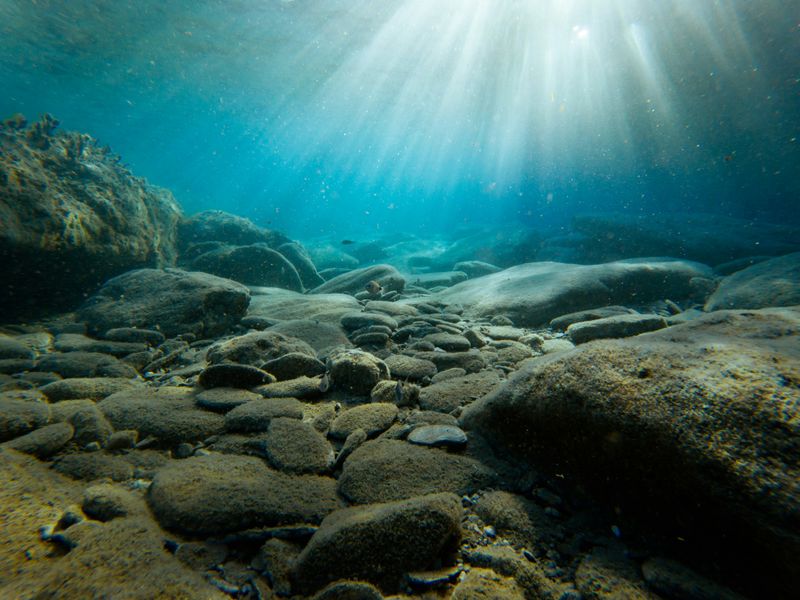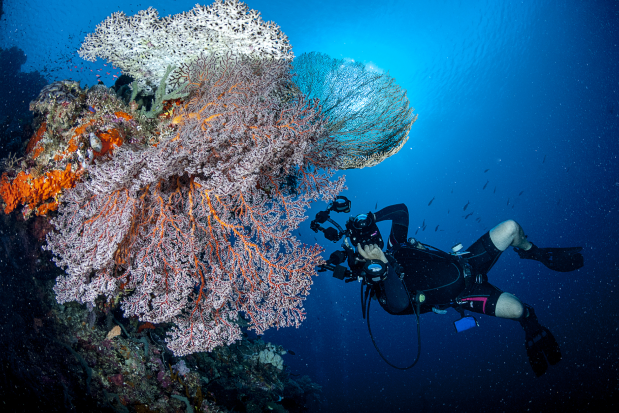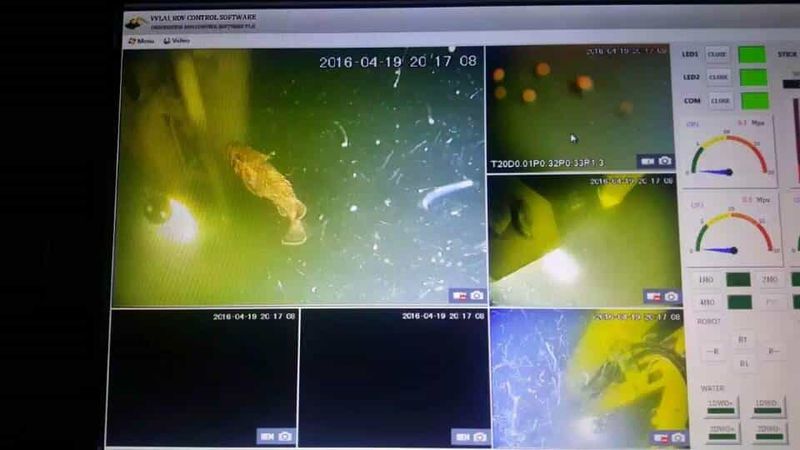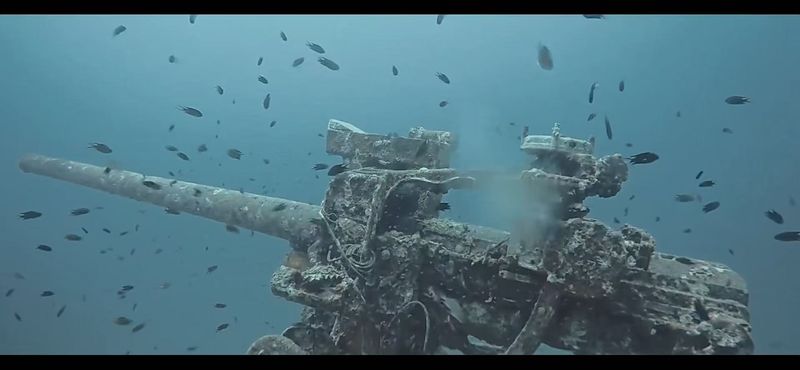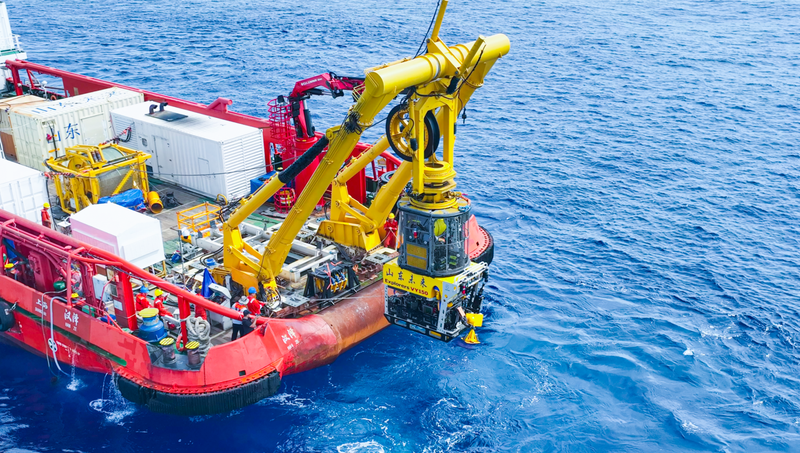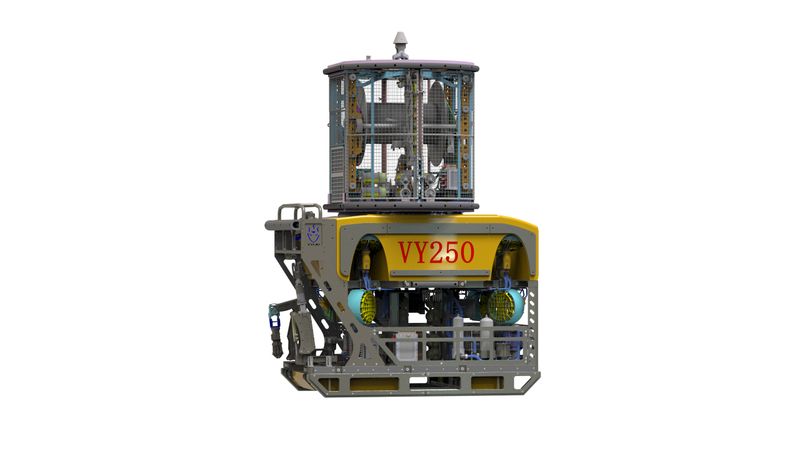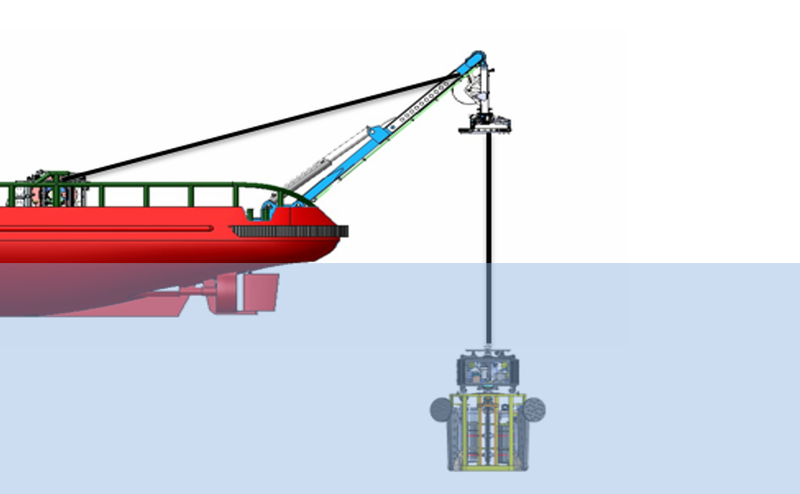Deep-Sea Exploration Overview & Applications
Deep-sea exploration refers to the process of investigating and studying the resources, environment, and ecosystems in the ocean' s depths using advanced technologies and equipment. The deep-sea region typically refers to areas deeper than 200 meters, featuring complex terrains such as continental slopes and trenches, and rich in mineral, energy resources, and unique ecosystems. Its primary objectives include resource development, geological research, environmental monitoring, and scientific studies, particularly in energy, mineral, and deep-sea ecological development.
Deep-sea exploration faces numerous challenges, primarily extreme environmental conditions such as high pressure, low temperatures, and darkness, which make the durability and reliability of equipment crucial. Additionally, technological complexity is another major issue, as detection and sampling devices must possess high precision, high efficiency, and stability under harsh conditions. Moreover, environmental protection must be considered during exploration to prevent excessive damage to marine ecosystems from resource extraction.
Shandong Future Robotics has developed a series of advanced equipment, including ROVs (Remotely Operated Vehicles), AUVs (Autonomous Underwater Vehicles), and deep-sea drilling sampling platforms to overcome these challenges. These devices can perform high-precision seabed mapping, sample collection, and resource localization, providing robust support for scientific research and marine resource development while advancing the application of related technologies.
